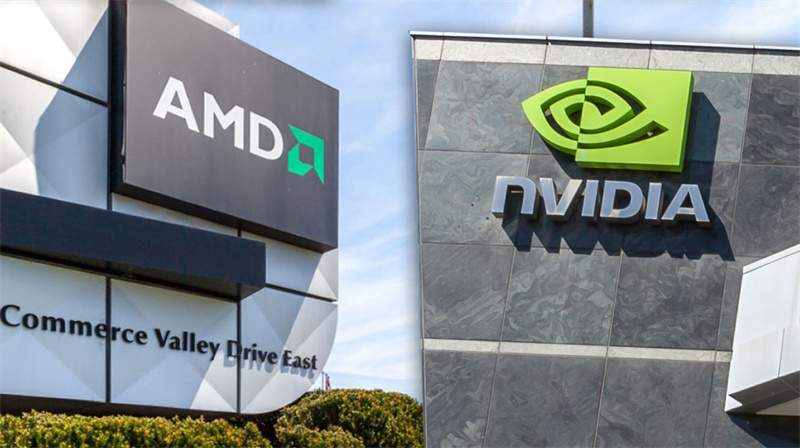The U.S. government has recently ramped up its export restrictions on AI chips, including those from major semiconductor manufacturers AMD and Nvidia, targeting China and other nations. This move, aimed at limiting Beijing's access to advanced AI technology, is expected to cause substantial financial losses for the companies involved.
In a regulatory filing, AMD disclosed that the new restrictions could lead to charges of up to $800 million in inventory, purchase commitments, and related reserves. These losses come as the U.S. seeks to curb China's ability to develop its AI infrastructure, particularly by limiting access to high-performance GPUs such as AMD's MI308 and Nvidia's H20. The restrictions, updated recently, now require companies to apply for export licenses to ship these products to China, Hong Kong, Macau, and other restricted nations.
Nvidia is facing an even steeper financial blow, with an expected $5.5 billion write-off related to its H20 GPUs. These GPUs, designed to meet U.S. regulatory guidelines, are still restricted due to their high memory bandwidth and potential use in China's supercomputing projects. In a statement, Nvidia revealed that the U.S. government has imposed indefinite restrictions on the export of its H20 products, which will significantly impact its business in China.
The move follows a broader U.S. strategy to maintain a competitive edge in artificial intelligence and safeguard national security by limiting the transfer of sensitive technology. The new export controls target products that could be used in supercomputers, with the U.S. Department of Commerce stating the restrictions are necessary to prevent these technologies from contributing to China's advancements in AI and high-performance computing (HPC).

Despite these restrictions, the effectiveness of the bans remains questionable. Chinese companies, including Alibaba, ByteDance, and Tencent, have already made substantial investments in the H20 GPUs, and there are reports of these chips entering China through intermediaries in neighboring countries like Malaysia, Vietnam, and Taiwan. This gray market activity has prompted Singapore and Malaysia to implement measures to curb the leakage of such chips into China, but their success remains uncertain.
For AMD, the impact of these export restrictions is expected to be less severe. While the company faces challenges with its MI308 GPU, it lags behind Nvidia in the AI GPU market and has not yet established a significant foothold in China. Nonetheless, the restrictions still pose a challenge to AMD's growth prospects in the rapidly expanding AI and HPC sectors.
Both companies now face the prospect of unsold inventory, with Nvidia specifically taking a massive hit on its H20 GPUs. For AMD, the cost of inventory and the risk of further regulatory changes remain a concern, though its position in the market is slightly more insulated compared to its competitor.
As of mid-April 2025, Nvidia's stock saw a notable decline following the news of the write-off, reflecting investor concerns about the long-term impact of these export restrictions. In contrast, AMD's market reaction has been more muted, but it too faces uncertainties as the situation unfolds.
While the U.S. government continues to take steps to limit China's access to advanced semiconductor technology, questions remain about the effectiveness of these export bans in a globalized tech landscape. As both companies navigate these new challenges, they will have to find ways to adjust their business models to mitigate the financial fallout.
+86 191 9627 2716
+86 181 7379 0595
8:30 a.m. to 5:30 p.m., Monday to Friday
